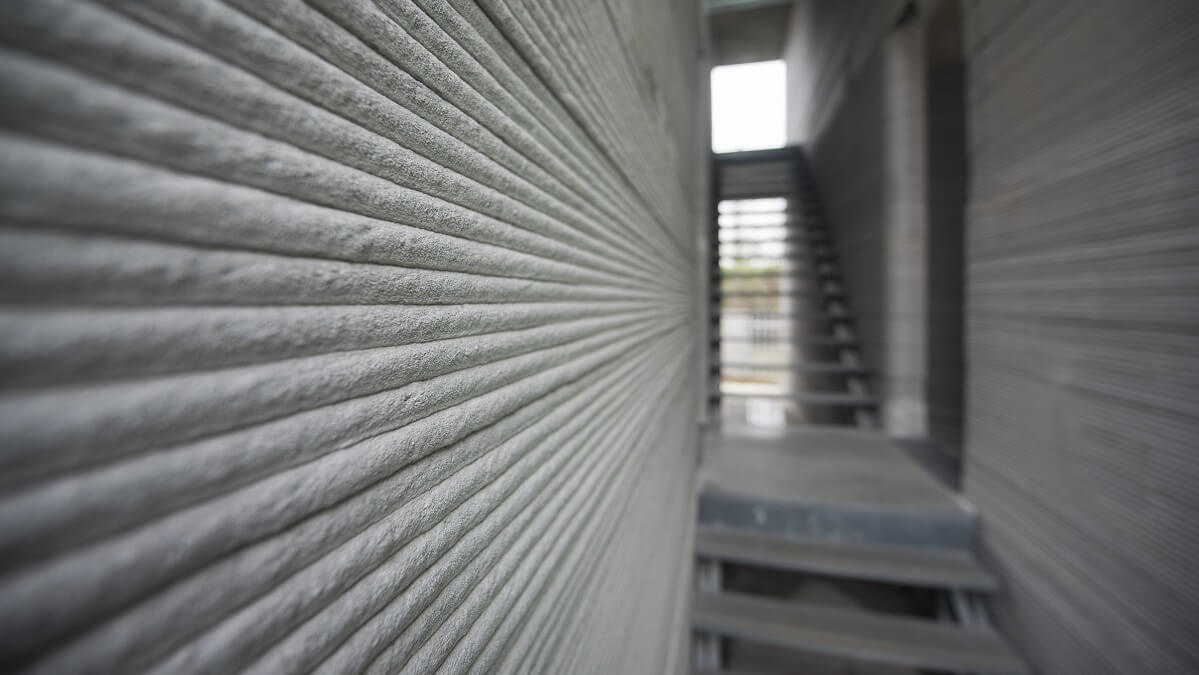Could an innovative development in Dubbo make a difference to the housing crisis affecting regional NSW and beyond?
Right now, Dubbo council has a giant 3D printer onsite in a local park, ready to construct a new toilet block. The project could take just a few days to complete.
“This project is on the cutting edge of technology, offering us a chance to see the future of construction as it happens,” says Dubbo mayor Mathew Dickerson.
The printer, around 16 metres high and 25 metres long, can fabricate the walls, internal structure and roof.
It’s an affordable, cost-effective and speedy solution to the delays plaguing the nation’s construction industry. The toilet block is set to be fully operational within weeks.
The project might have otherwise taken months (or even years!) to complete using traditional construction methods.
Cr Dickerson said it cost the council almost half-a-million dollars to construct three toilets in the Dubbo CBD in 2020. The 3D-printed cost estimate came in $178,000 cheaper.
Plus, the design includes three extra urinals and more than double the number of toilets.
Contour3D chief executive Nick Holden describes the 3D printer as similar to a “desktop printer but larger”.
3D printing is a worldwide trend in affordable housing innovation
Although it’s raising eyebrows in Dubbo, the technology is already trending in the housing sector globally.
Houses are already being 3D printed in the US, Italy and Netherlands. In January 2022, Australia’s first 3D-printed house was constructed in Melbourne in just three days.
Mr Holden says the cost of 3D printing a house is up to 30 per cent cheaper than a similar-sized bricks and mortar house.
Dubbo’s Cr Dickerson believes the technology now makes it cheaper to print than to build using traditional methods.
This, he adds, sparked “a great deal of chatter” among councillors keen to explore the potential to relieve pressures caused by the housing shortages and affordability issues faced by many Australians.
Mr Holden agrees that 3D printers have come a long way in a relatively short time.
“The house building sector is really the last industry to be automated through robotics,” he says.
“You’ve got all the other manufacturing sectors using robots to get precision and speed but construction is still relatively based on building with sticks and bricks. You can dig up the sand in Egypt and find the same construction methods we’re using today that are 4000 to 5000 years old.”
Read more: Baby boomers aren’t to blame for housing affordability woes
Would you live in a 3D-printed house? Have you used 3D-printing technology before? Has the housing affordability crisis affected you or your loved ones? Share your stories in the comments section below.


What and how strong is the material used to construct tyhe walls, etc.